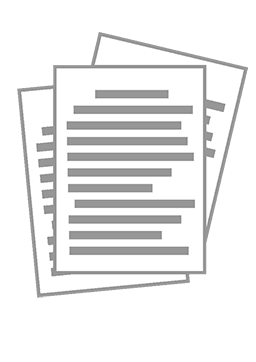Extras din curs
Control of Electrical Converters
Course 1
INTRODUCTION
The field of Power Electronics is concerned with the processing of electrical power using electronic devices.
The key element = Switching converter
Types of switching converters
DC-DC Converters
AC-AC Converters
AC-DC Rectifiers
DC-AC Inverters
AC-AC Cycloconverters
Basic function of the switching converter
Controls the power flow between the source and the load;
Ideally, the converter should perform this function without power consumption because the converter is placed between the source and the load, and any power dissipated by the converter elements represents power loss for the whole system;
This power is converted into heat, which must be removed from the converter;
For being useful, high efficiency is essential in any power processing application.
Efficiency and losses of the switching converter
1. Efficiency:
2. Power losses:
Analyzing the efficiency
In a converter that has an efficiency of 50%, power Ploss is dissipated by the converter elements and this is equal to the output power Pout.
Increasing the efficiency is the key to obtaining higher output powers;
If the converter efficiency is 90%, than the converter loss power is equal to only 11% of the output power→ convertor elements can be packaged with high density, leading to a converter of small size and weight, and of low temperature rise.
Design Solutions
How is it possible to build a circuit which modifies the voltage and still disipated negligible power?
Capacitors and magnetic devices represent key elements of the electric convertersas they don’t dissipate power ( ideally case).
The resistive elements and the semiconductor devices working in the linear region should be avoided.
The semiconductor devices, basic elements of the power converter, are used working in commutation (as swiches)!
Reliability of the switching converter
The switching converter, connected between the power source and the load, influences the reliability of the system;
An unreliable convertor generates also an unsure system, thus reliability can be a target much more difficult to obtain than high efficiency;
The reliability aspect is linked to the degree of integrability of the converter elements: interconnected switching devices including the control and protection blocks.
Applications of power electronics
DC and AC-regulated power supplies,
Heating and lighting control,
Electrical welding,
Electrochemical processes,
Induction heating,
Active harmonic filtering and static reactive power generation,
Control of DC and AC machines,
Control of energy conversion from renewable energy sources: wind, PV, hydropower,
Applications of power electronics for energy savings.
Electrical machine drives
Computer peripheral drives,
Machine tool and robotic drives,
Pump drives,
Textile and paper mill drives,
Electric vehicles and locomotive propulsion,etc.
Conținut arhivă zip
- Control of Electrical Converters
- Course 1.ppt
- Course 11-Induction motor control-part 2.ppt
- Course 12.ppt
- Course 13.ppt
- Course 3+4.ppt
- Course 5.ppt
- Course 6.ppt
- Course 7.ppt
- Course 8.ppt
- Course 9+10_Induction motor control 1.ppt
- Cursul 2.ppt











